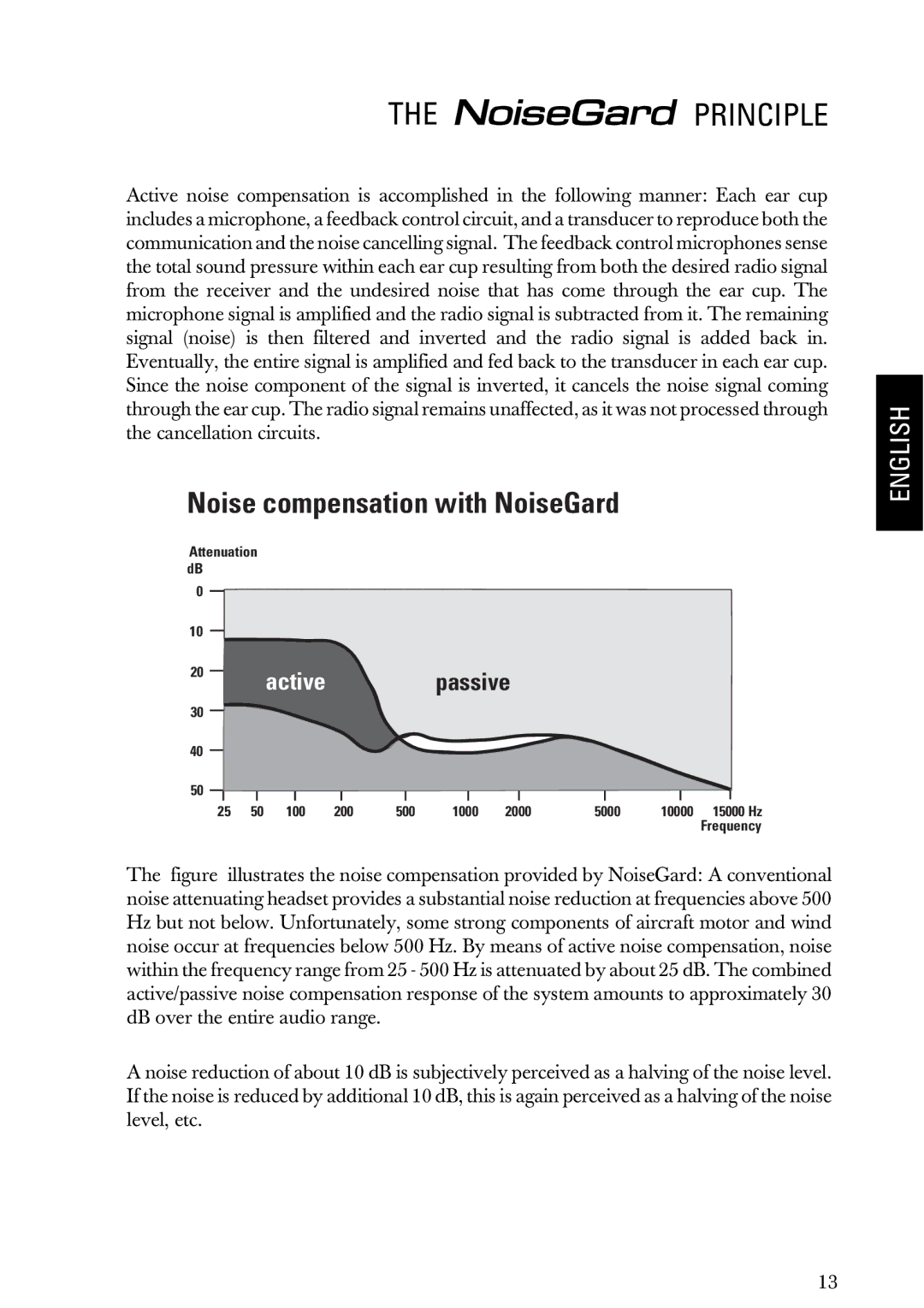HMEC 200iii specifications
The Sennheiser HMEC 200III is a high-performance headset designed mainly for aviation and professional communication applications. Known for its robust build quality, exceptional audio reproduction, and advanced noise-cancelling features, the HMEC 200III is a preferred choice among pilots, air traffic controllers, and other professionals requiring reliable audio solutions in noisy environments.One of the standout features of the HMEC 200III is its excellent passive noise attenuation. The headset is designed with closed ear cups, which significantly reduce external noise, allowing users to focus on their communication without distractions from surrounding sounds. This feature is particularly crucial in aviation, where ambient noise levels can be substantial.
The HMEC 200III incorporates a high-quality dynamic microphone that ensures clear voice transmission. The microphone is adjustable and has an integrated windscreen to further enhance audio clarity, making it ideal for communication in windy or noisy conditions. This attention to clarity aids in ensuring that instructions and communications are easily understood, which is critical in aviation operations.
Comfort is another key characteristic of the HMEC 200III. The headset is designed with plush ear pads and a padded headband, providing comfort for extended wear. This ergonomic design addresses the needs of professionals who may spend long hours using the headset, making it a reliable choice for long flights or shifts.
In terms of connectivity, the HMEC 200III is versatile, featuring a 3.5mm audio connector that allows it to be compatible with a wide range of devices, including intercom systems, radios, and smartphones. This flexibility makes it a useful tool across various industries beyond aviation, including broadcast and event production.
The build quality of the HMEC 200III speaks to Sennheiser's commitment to durability and reliability. The headset is built to withstand the rigors of daily use in challenging environments, ensuring that users can rely on it for consistent performance.
Sennheiser has also implemented advanced audio technologies in the HMEC 200III, providing a balanced sound signature that enhances both incoming communication and audio playback. This feature is especially beneficial for those using the headset for multimedia applications in addition to voice communication.
With its blend of comfort, clarity, and durable design, the Sennheiser HMEC 200III stands out as a top-tier choice for professionals seeking a dependable headset that addresses the demanding requirements of high-noise environments. Whether in aviation or other fields, the HMEC 200III delivers exceptional performance and a user-friendly experience.

